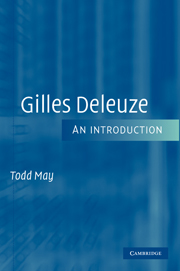3 - Thought, Science, and Language
Published online by Cambridge University Press: 05 June 2012
Summary
How we think about our world and how we live in it are entwined. Our ontology and our practical engagements are woven together. This is true not only for philosophers. It is true for everyone. A world that consists of particular things with strict borders that interact with other particular things (with their strict borders) according to particular natural laws will call us to certain kinds of living. For instance, if particular things are what they are and nothing else, then we will not waste our time imagining what else they might be or might become. We will conform ourselves to the possibilities presented to us by their actuality. We will have to discover the natural laws that relate these particular things to one another so that we do not attempt futilely to break them. We will conform ourselves to these laws just as we conform ourselves to the identities of the things these laws govern.
If we abandon this way of thinking of our world, then alternative ways of living may appear to us. If things don't have strict borders of identity and if the relations among them are not reducible to natural laws, then we can no longer be sure of what a body is capable. Perhaps there is more going on in our world than is presented to us. We don't know. The only way to find out is to experiment.
- Type
- Chapter
- Information
- Gilles DeleuzeAn Introduction, pp. 72 - 113Publisher: Cambridge University PressPrint publication year: 2005



